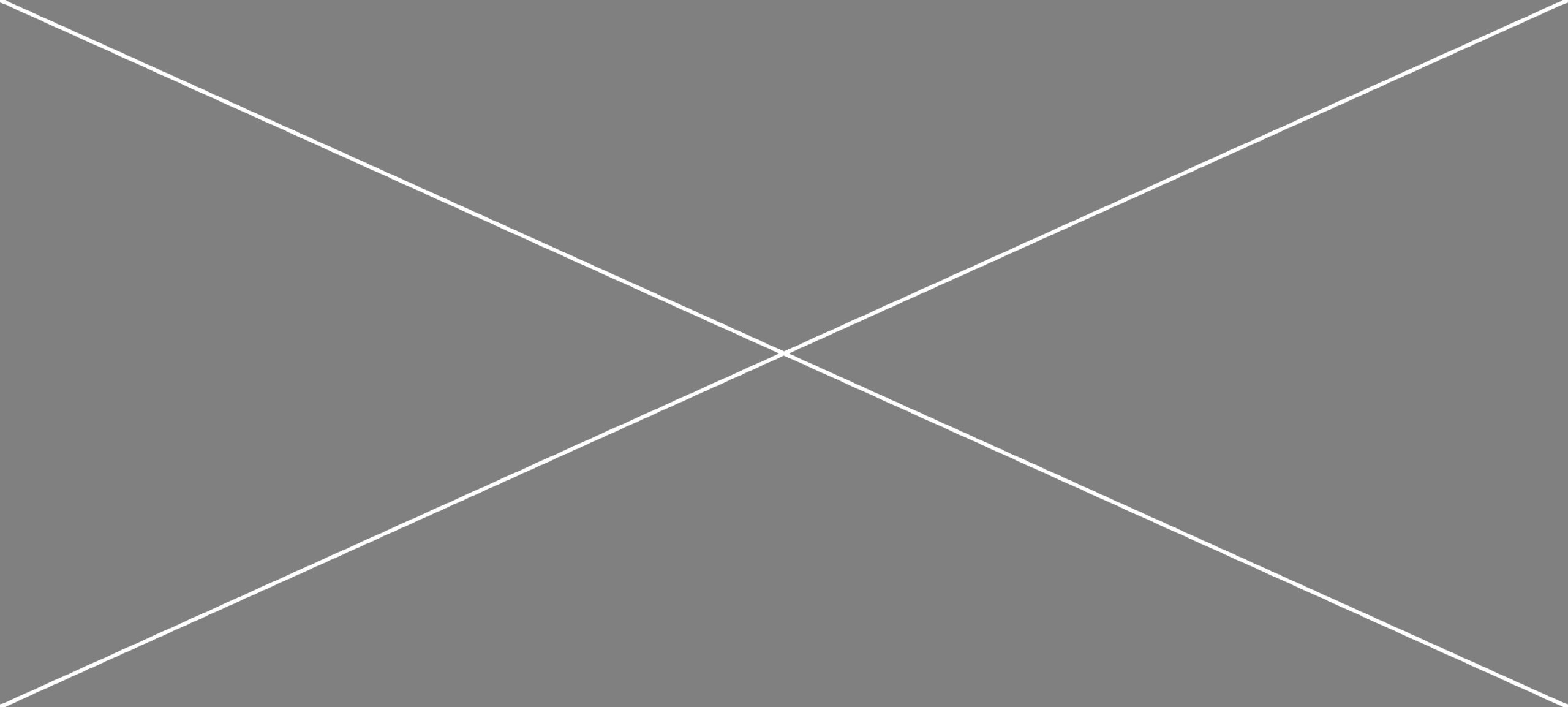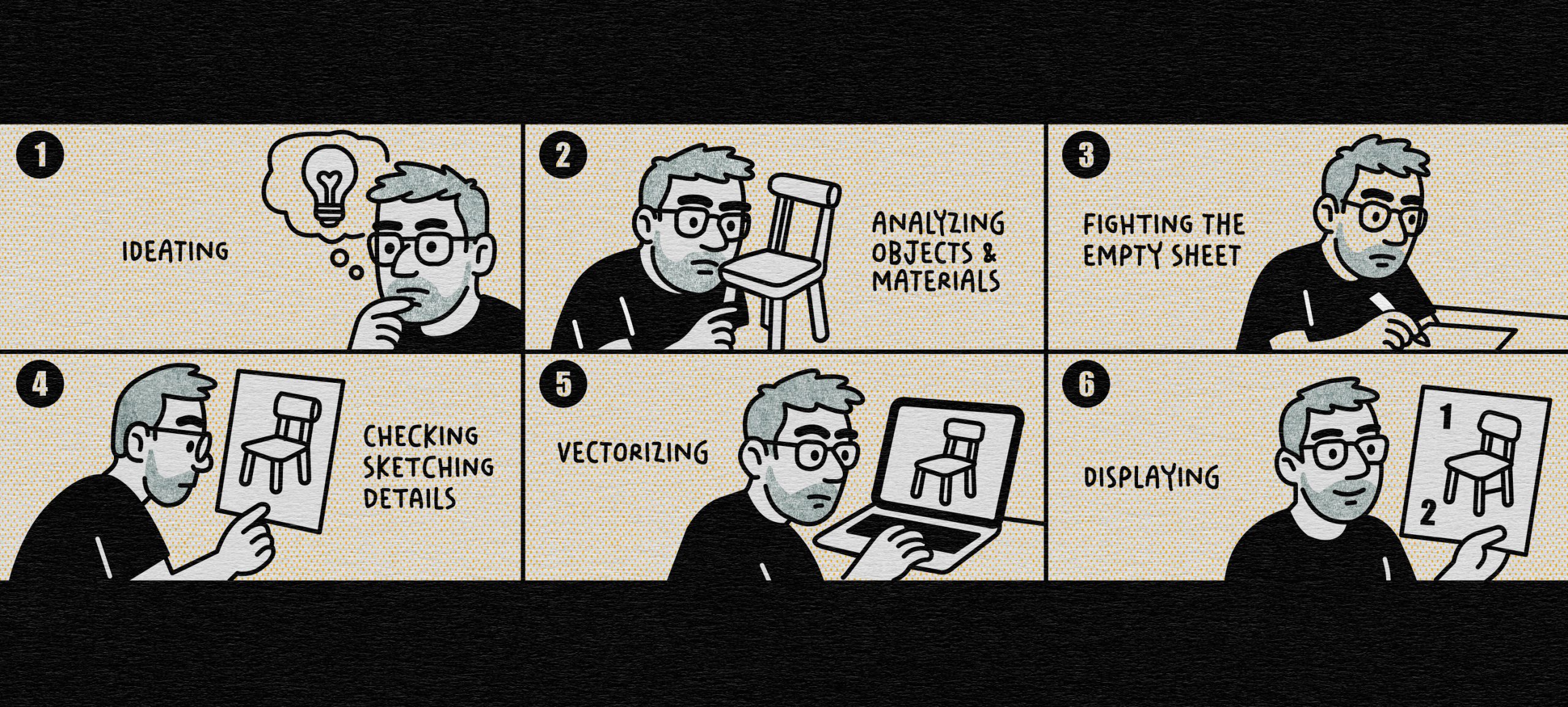
My work on visual ethnography explores how seeing, drawing, and diagramming can become modes of thinking rather than representation. It begins with a simple but radical question: what if ethnography were not only written, but drawn, mapped, and composed visually? This project gathers visual experiments produced across field sites, studios, and screens—illustrations, diagrams, manuals, satellite views, and specimen images—that translate ethnographic fragments into lines, textures, and relational forms. Each work stems from the slow encounter between attention and material, revealing how visual practice can perform, rather than depict, ethnographic understanding.
These works originate in fieldwork, but they also exceed it. In projects such as Speculative Manuals and Alterecological Specimenography, drawing became a method for tracing gestures, residues, and afterlives—ways of diagramming relations that elude straightforward description. Manuals, maps, and cabinets are not mere supplements to ethnography; they are epistemic devices, infrastructures for thought. Following Donna Haraway’s (1991) “situated knowledges” and Tim Ingold’s (2013) reflections on “making,” visual ethnography treats every mark as a situated speculation: an embodied act of learning, a moment of care. Each line or texture registers not only what was seen, but how seeing unfolded—its hesitations, repetitions, and transformations.
Visual ethnography, then, is both archive and method. It collects forty-one drawings, diagrams, and speculative compositions that operate as visual fieldnotes—translations of processes, gestures, and atmospheres rather than objects or events. Together they propose an ethnography of relation: slow, uncertain, and attentive. They invite us to think through images, to recognize that knowledge can take visual form without losing its conceptual depth. This is an ongoing inquiry into how anthropology might draw itself differently—turning the visual not into illustration, but into an open field where perception, imagination, and analysis intersect.

